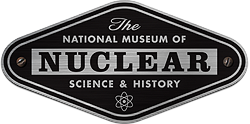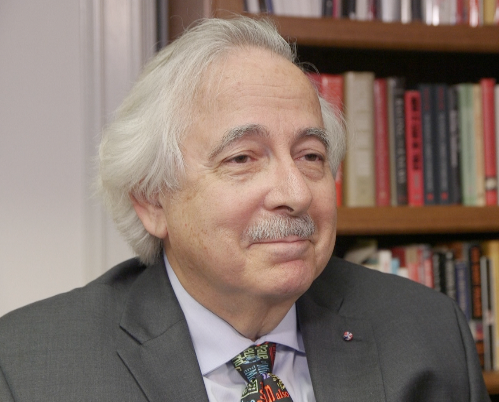Martin Mandelberg is an engineer and mathematician. He is currently writing a biography about his mentor, Richard Hamming.
Martin earned a B.S. in Electrical Engineering from Drexel University. He then earned two Master’s degrees, one in Electrical Engineering from the University of Connecticut, and one in Strategy and National Security Studies from the U.S. Naval War College.
After working for the Coast Guard and the Naval Underwater Systems, he earned his Ph.D. in Electrical Engineering from the Naval Postgraduate School, where his dissertation advisor was Richard Hamming.
He went on to work for the U.S. government in the Office of the Secretary of Defense before he started his own company, Mandelberg Consulting.





